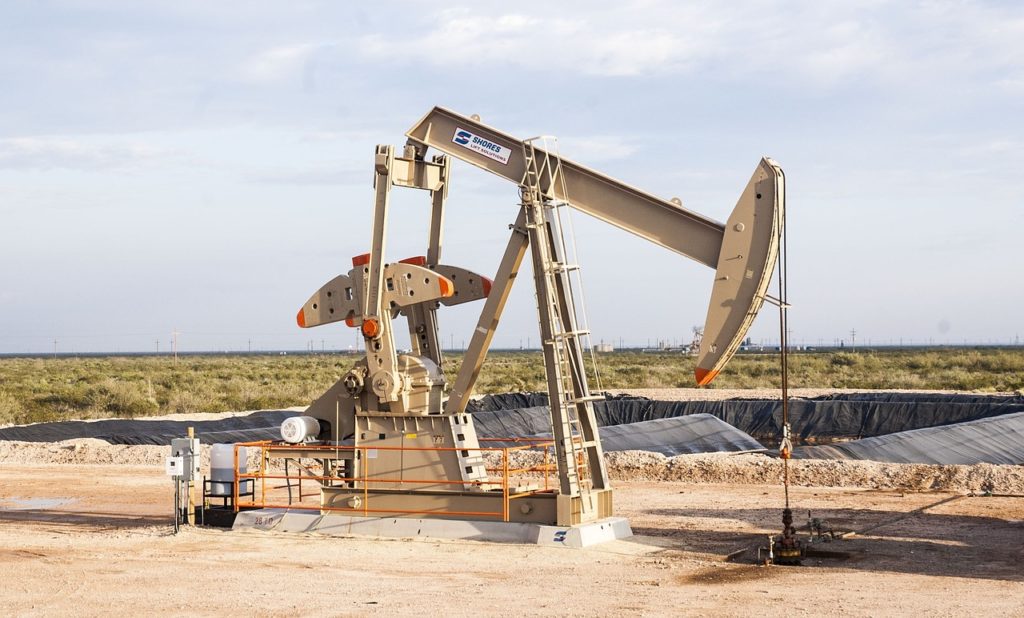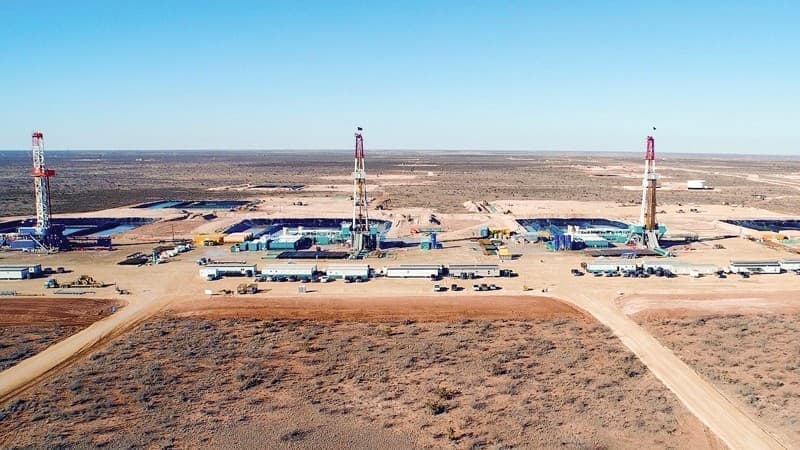The US oilfield water management market is valued at around $37.5 billion. In the Permian Basin, the forecasted water production volume is somewhere between 32 and 55 million barrels of produced water per day by 2025 (up from four million per day currently). The Permian Basin has the largest volume of oilfield water produced among all US onshore regions. The Texas Produced Water Consortium report estimated Permian Basin wastewater production at approximately 11 million barrels per day (462m gallons).
The water hauling market in the Permian Basin has grown by approximately 12% year-on-year from 2018. Oil and gas companies are increasingly reusing “produced water” as West Texas aquifers are being depleted and the practice of injecting wastewater underground is becoming more expensive. There have been impacts on water and wastewater in the Permian Basin over the past decade, including regulatory changes, labor shortages, and market sustainability. Over the past several years, U.S. oil producers have rushed into the Permian Basin to extract oil, leading to an increase in oilfield water production commonly moved by water trucks to saltwater disposal wells. For every barrel of oil produced in the Permian, about four barrels of this “produced water” comes out of the earth along with it.
Recent Innovations
Recent innovations in the water market in the Permian Basin include the use of new water technology to treat produced water enough for agricultural applications, large-scale water recycling and produced water pipeline infrastructure system, and the use of new technologies to optimize usage. The Permian Basin Water Management Congress focuses on produced water disposal alternatives, key mineral and chemical extraction, and water re-use/recycling.
As the depletion of West Texas aquifers and the rising cost of injecting wastewater underground pose challenges for oil and gas companies, the practice of reusing “produced water” is becoming more common. This trend is expected to drive the production of produced water up to 23.6 billion barrels by the end of 2024, reflecting a nearly 27% increase. By 2023, the industry is projected to inject approximately 5 billion barrels of water per year, assuming the establishment of 8,200 new horizontal wells that will inject an average of 600,000 barrels each.

Regulations
Water-hauling businesses need to comply with local, state, and federal regulations governing the transportation and disposal of water. In recent years, environmental regulations have become increasingly stringent, which means water-hauling businesses need to invest in the necessary infrastructure and equipment to comply with these regulations.
Economic Benefits
The water hauling market in the Permian Basin has had a positive impact on the local economy. The increased demand for water hauling services has led to the creation of new jobs in the region. Additionally, the increased demand for water has led to the development of new infrastructure, such as pipelines and storage tanks, which has also had a positive economic impact.
Environmental Impacts
According to a recent survey by the Texas Consortium, fracking companies are reusing ~30% of their wastewater and even if 100% of their water needs were covered by recycled water, there would still be millions of barrels of produced water left over every day which is usually pumped back into the ground.
The practice of pumping used wastewater back into the ground, also known as wastewater injection or disposal, has potential negative impacts, including:
Induced Seismicity: The injection of large volumes of water into underground formations can increase the pressure within the rock, potentially triggering earthquakes or other seismic activity.
Contamination of Underground Water Sources: Wastewater injection can also increase the risk of contaminating underground water sources with chemicals, heavy metals, and other pollutants from the wastewater.
Depletion of Underground Aquifers: Injection of wastewater can lead to the depletion of underground aquifers, which can affect local ecosystems and the long-term availability of groundwater.
Land Subsidence: The injection of wastewater can also cause land subsidence, where the ground sinks or settles, potentially damaging infrastructure and affecting local ecosystems.




